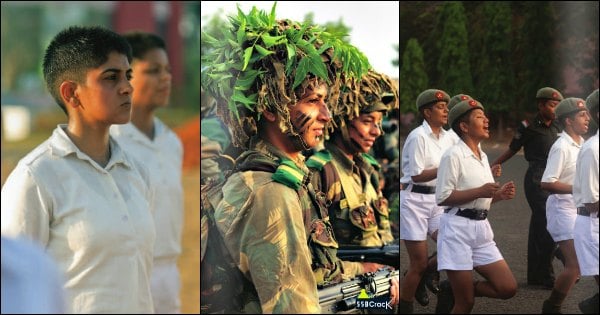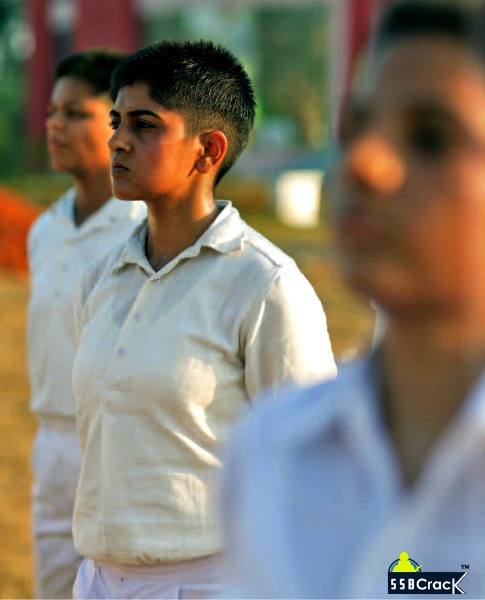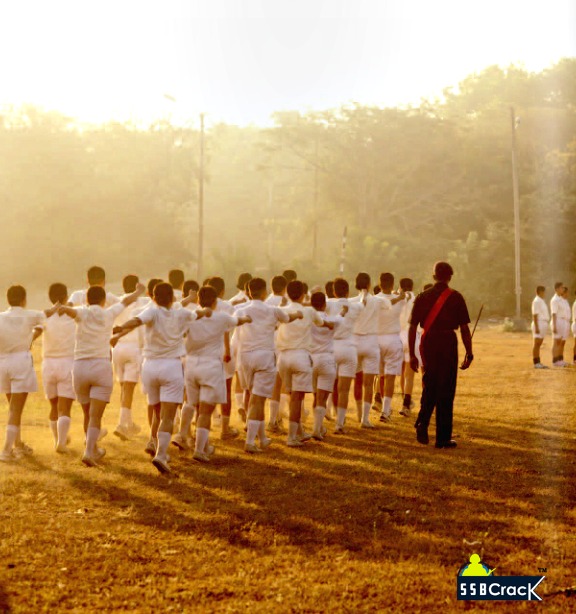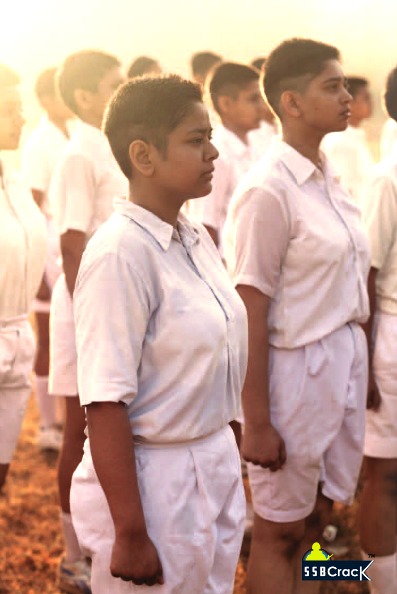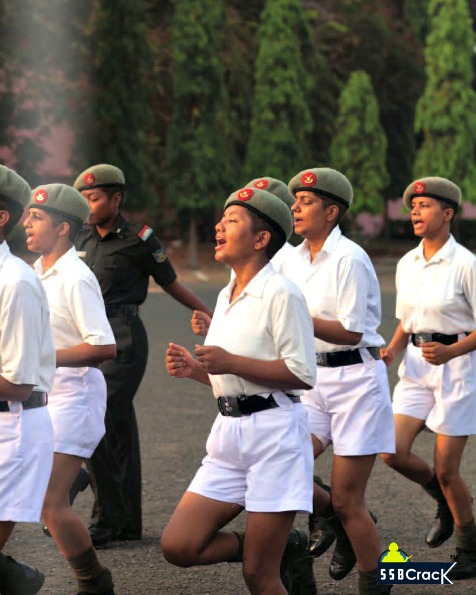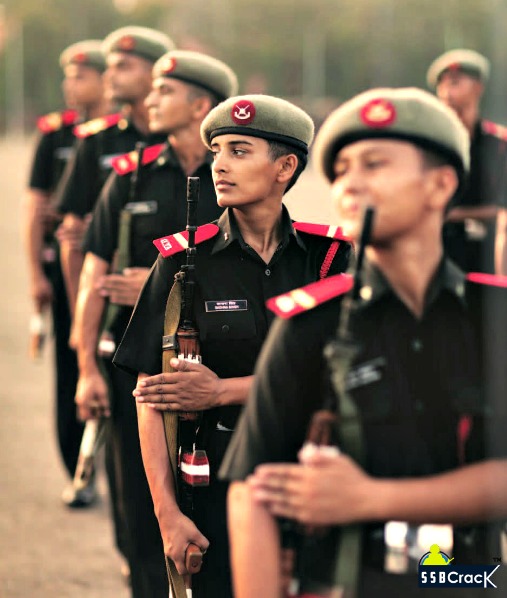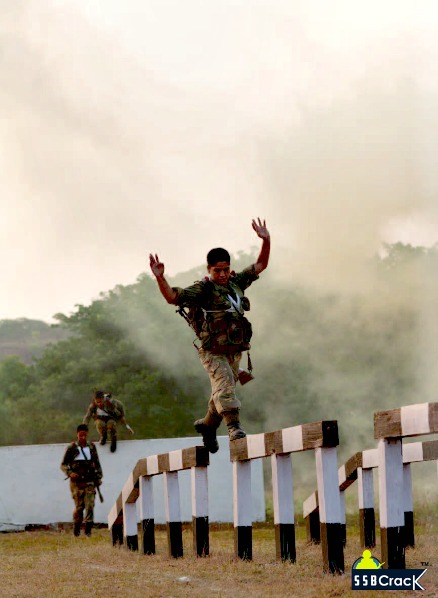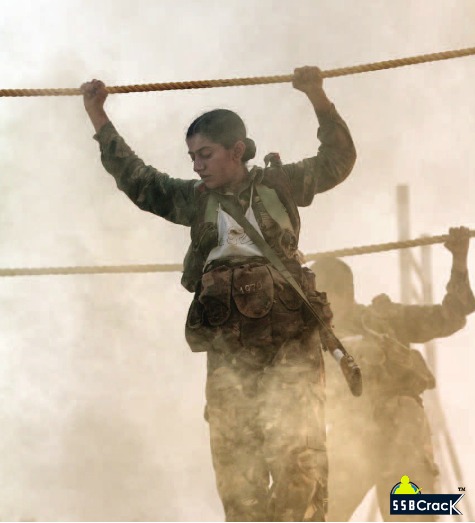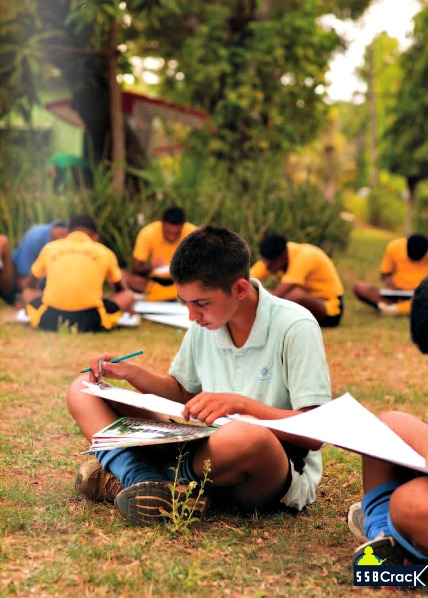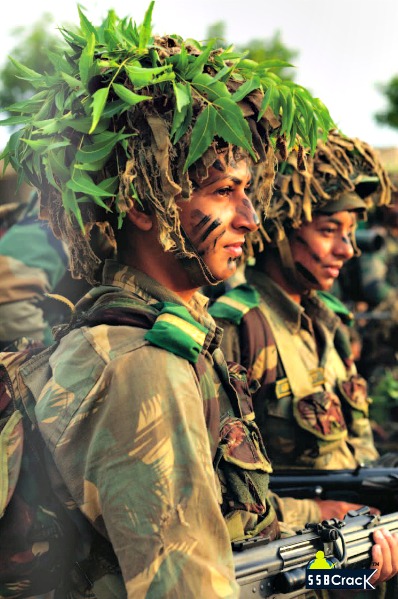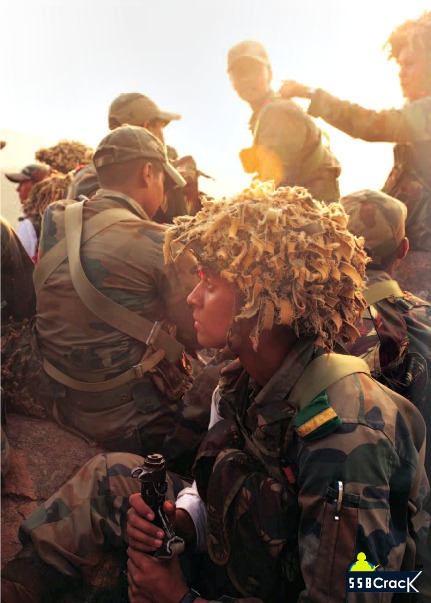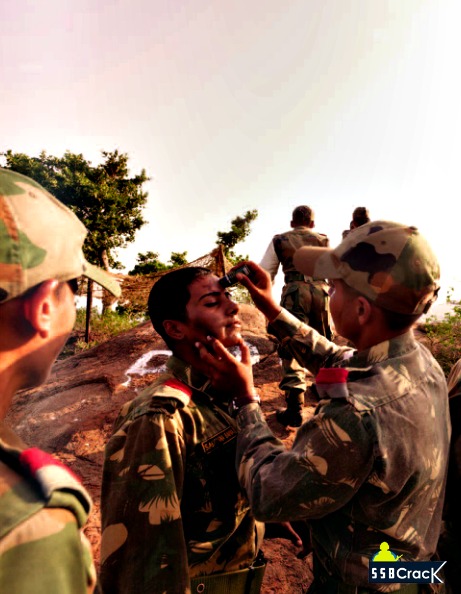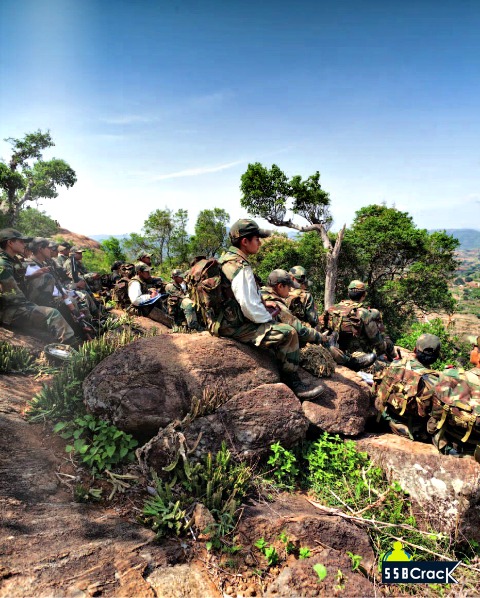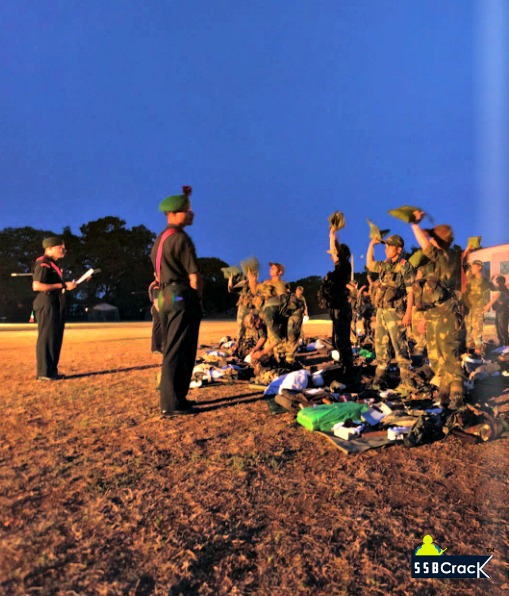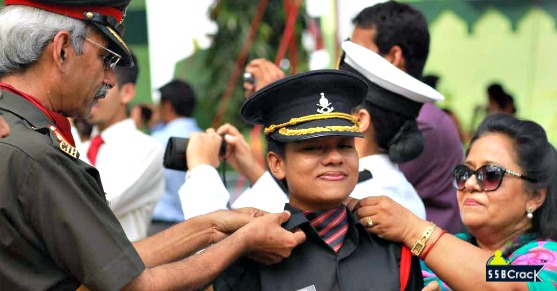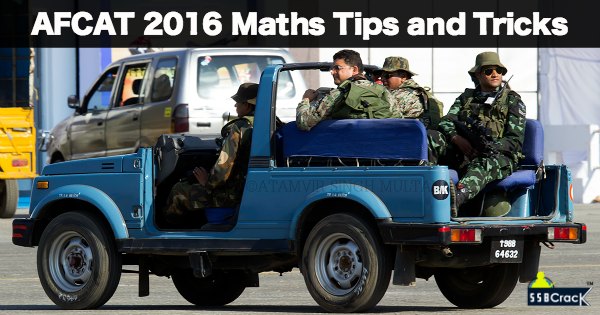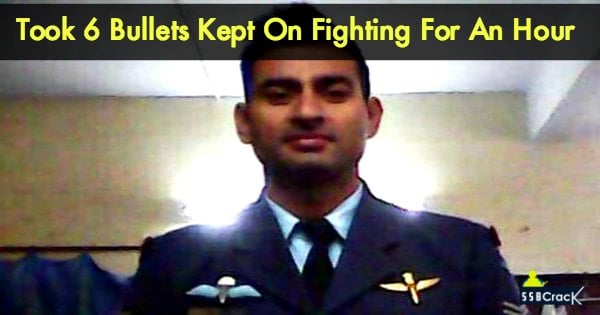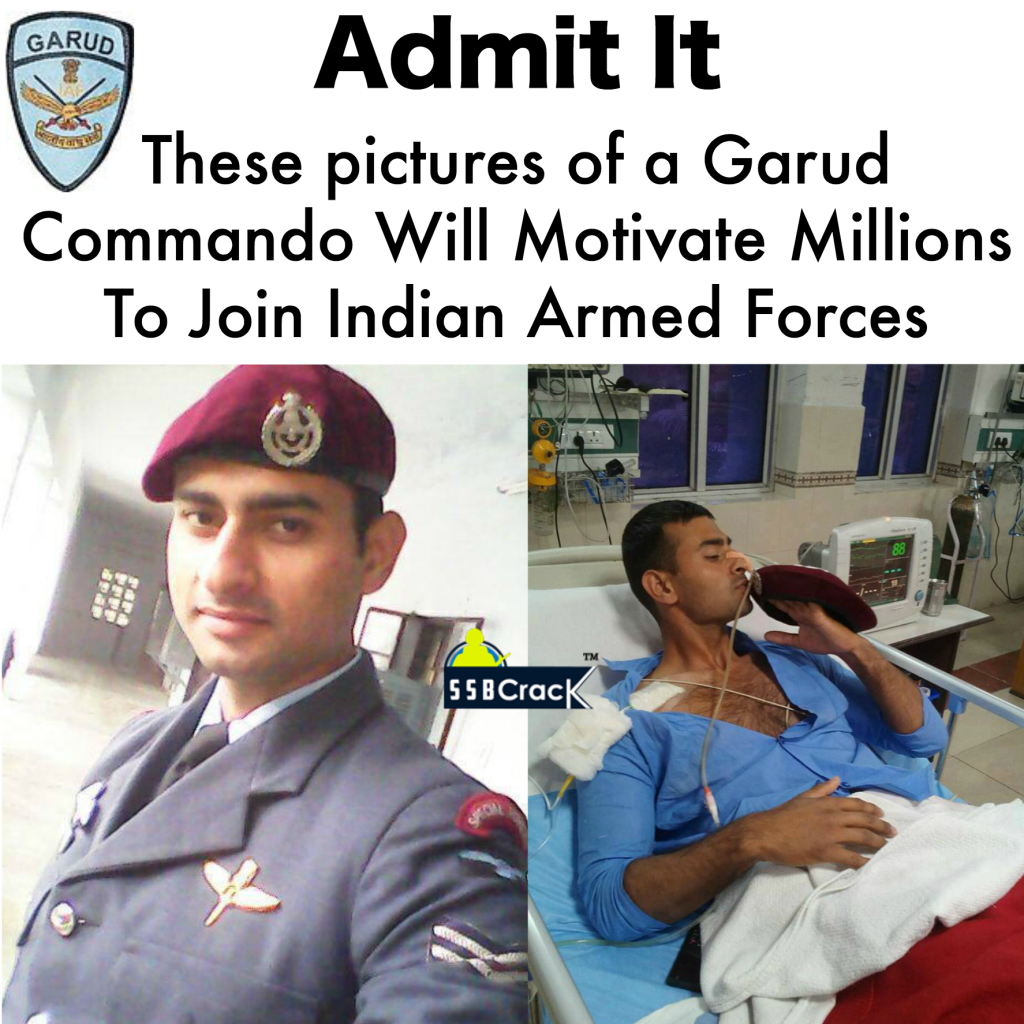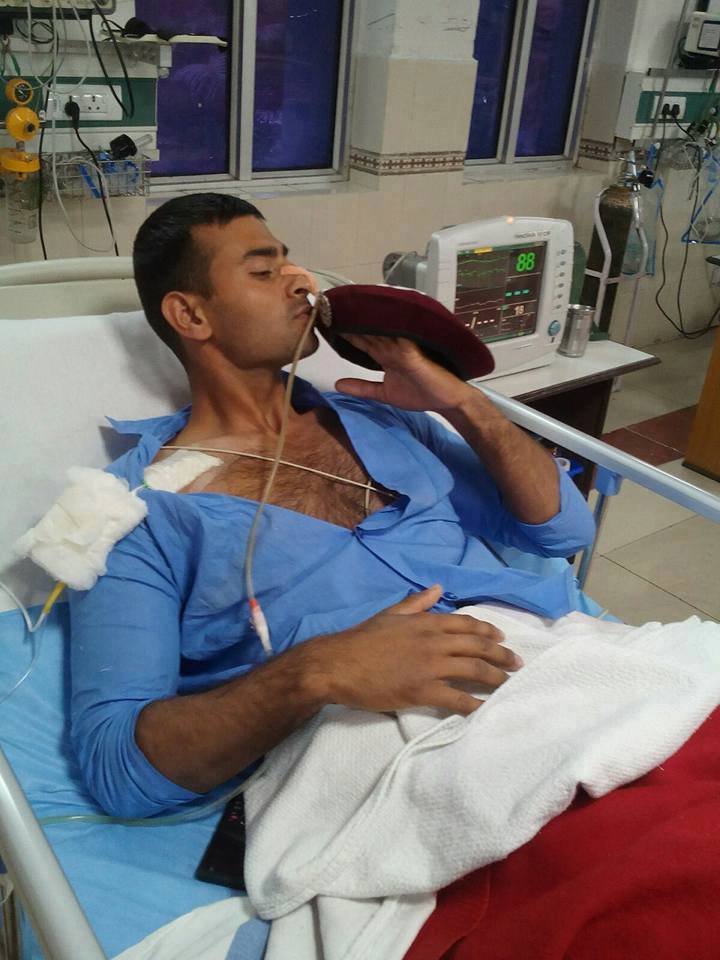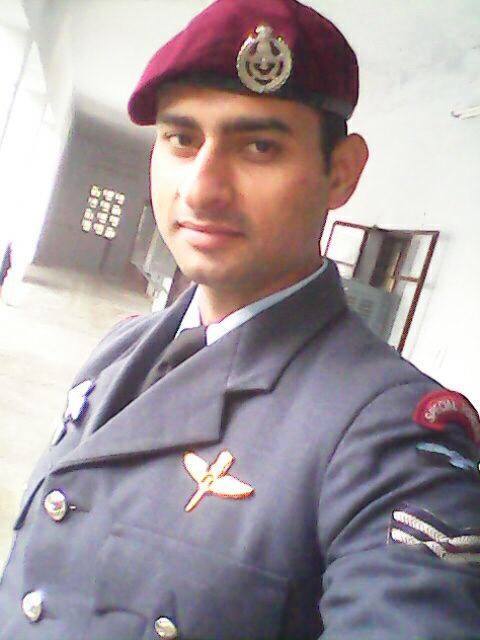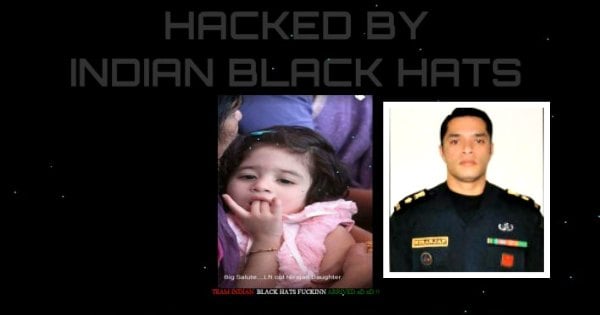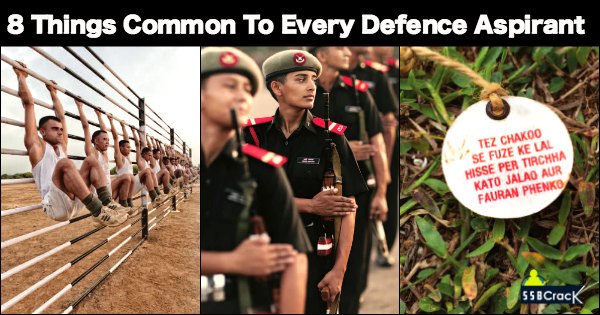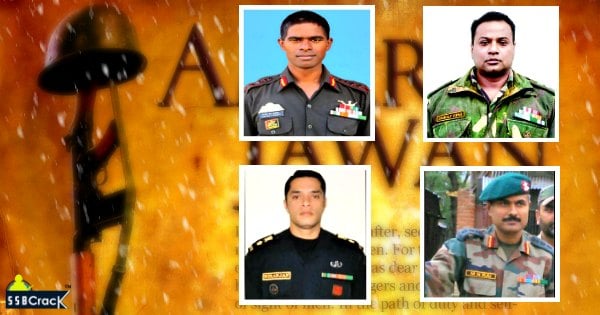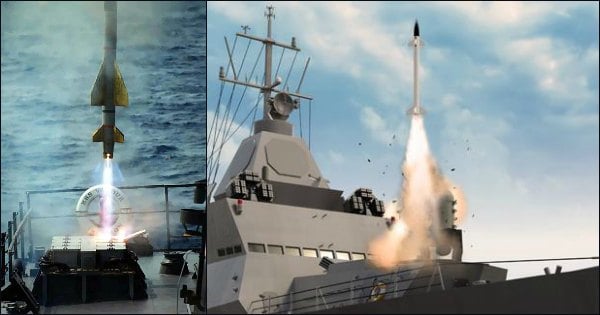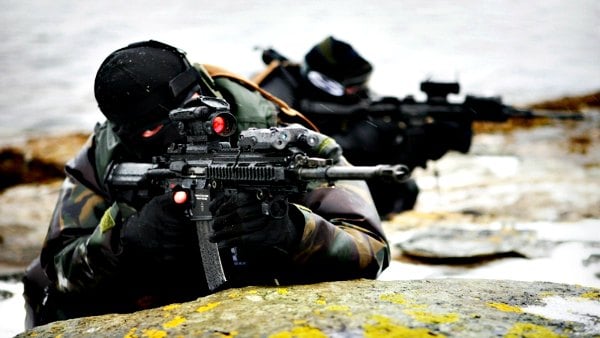Hello, friends. I am Surbhi Gupta, “Recommended Candidate” for Indian Army in SSC (W) Tech Entry, 17 th course. I got recommended in my 8th attempt from SSB, Selection Centre, Allahabad. I was always attracted towards the olive green uniform with stars on shoulders. My first SSB was in June 2012 at AFSB, Mysore. There, I went with some preparation but got conferenced out. Subsequently, I prepared well but faced multiple rejections from various SSBs despite my efforts to improve my performance in every attempt. Especially if you are a “Repeater”, it is very important to perform really extraordinarily. For this extra ordinary performance one has to really work hard to improve upon many parameters like improving own weaknesses, sharpening Officer Like Qualities (OLQs), general knowledge, communication skills and the most important is to develop ‘can do and never give up’ attitude.
For my 8th attempt, I took training from Brigadier Harish Chande (Retd), who is at Nashik, Maharashtra. He trained me in great details to improve my overall aptitude for the SSB interview, level of intelligence & reasoning, all personality skills, GK & awareness and sharpened my ability to take on each test at the SSB. He also built up my attitude and values which are vital to emerge as a successful candidate in a group. Brigadier Chande Sir is Ex President of SSB, Director of Recruiting Indian Army, Sr Interviewing Officer, Sr GTO and a member of Psych faculty DIPR, Delhi. He is also a war veteran and has great experience in anti terrorists operations.
I would like to specially advice the candidates to take this scientific training from Brigadier Chande Sir. I can vouch that his guidance, notes and training methods are scientific and extremely effective to qualify in SSB interview. His contact number is 09272225698, Nashik.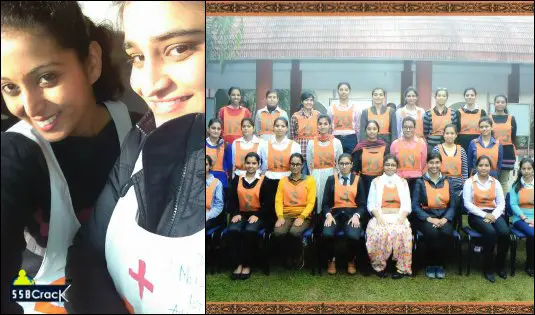
Then, finally I went for my SSB at Allahabad. Right from the day of screening I performed my best. During all the 5 days I bore in my mind that SSB is a test and loosing focus from your performance would really cost high. I kept all the things taught by Chande Sir in mind and with a very good back up of homework, I was able to emerge as “Recommended” candidate. Now I am looking forward to my pre-commission training. You can ask me any related questions, if you have, at my email id sghoneygupta@gmail.com.
I also want to advise more girls to apply for the excellent job of a class-1 officer in the Indian Armed Forces. Candidates can also refer for education details, various entries and notifications in following sites www.joinindianarmy.nic.in, http://www.indiannavy.gov.in/, http://www.indianairforce.nic.in/, http://www.indiancoastguard.nic.in/, www.upsc.gov.in
For better SSB Interview Preparation get this book “Let’s Crack SSB Interview“



